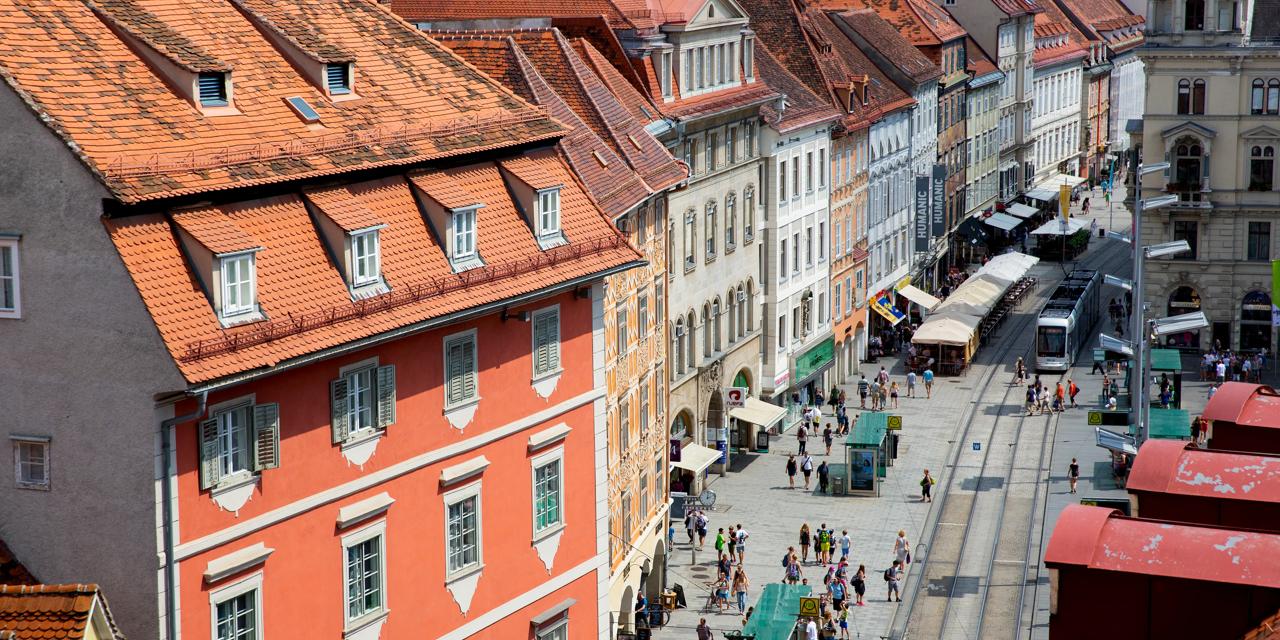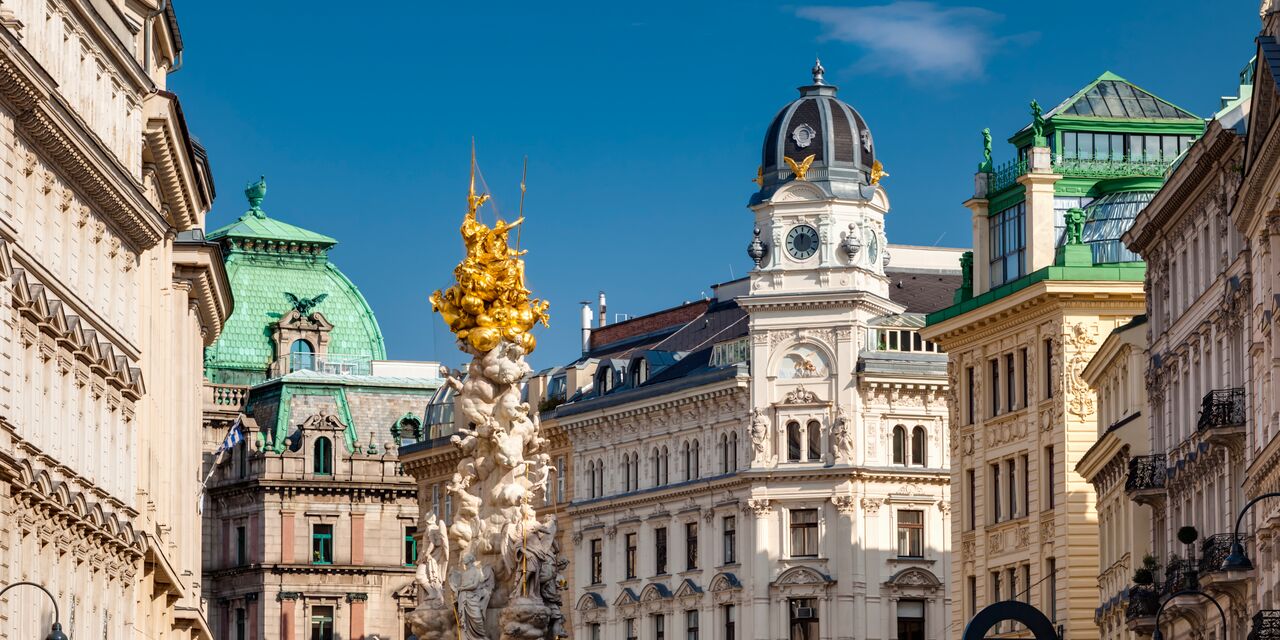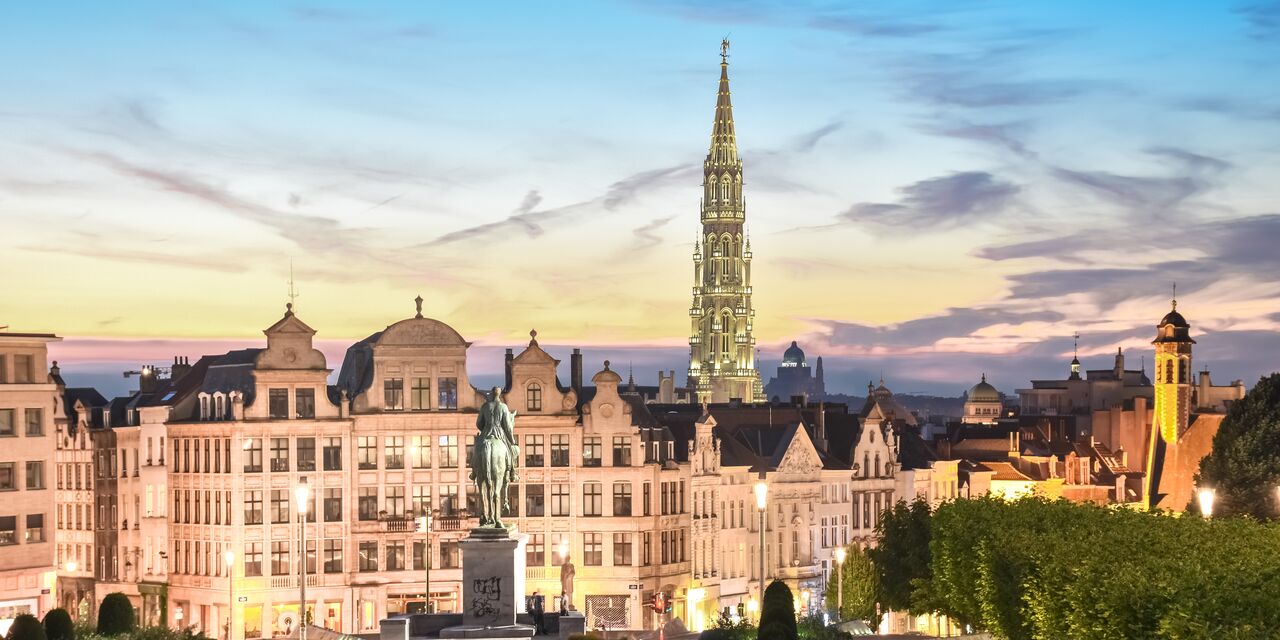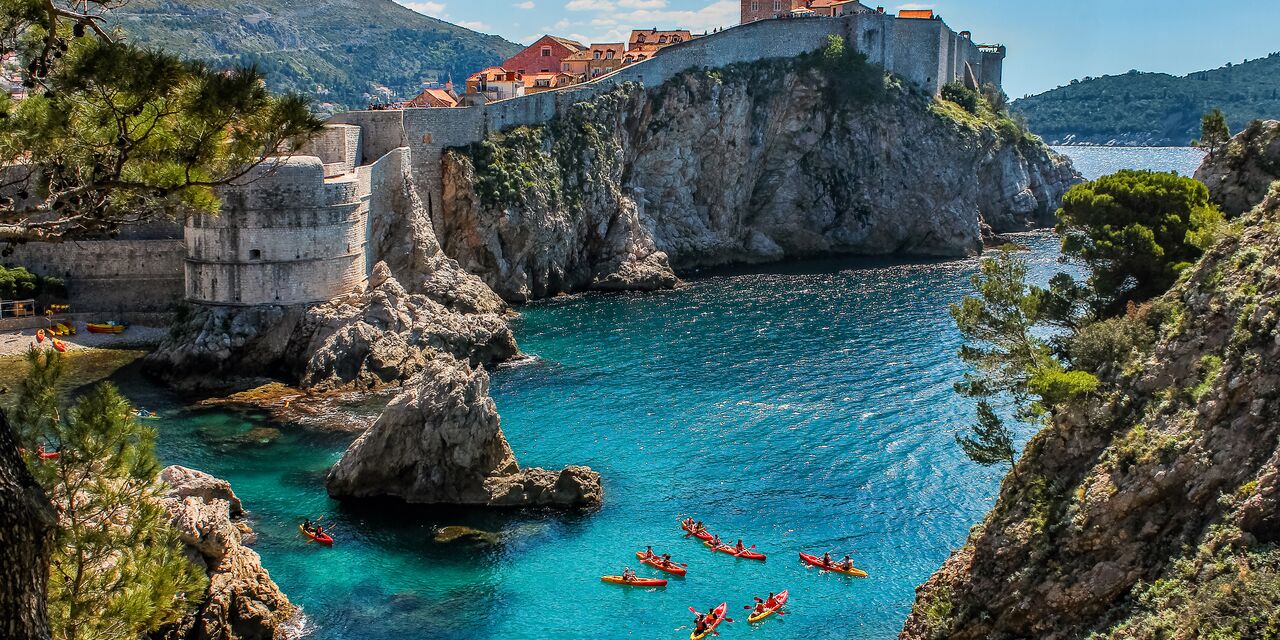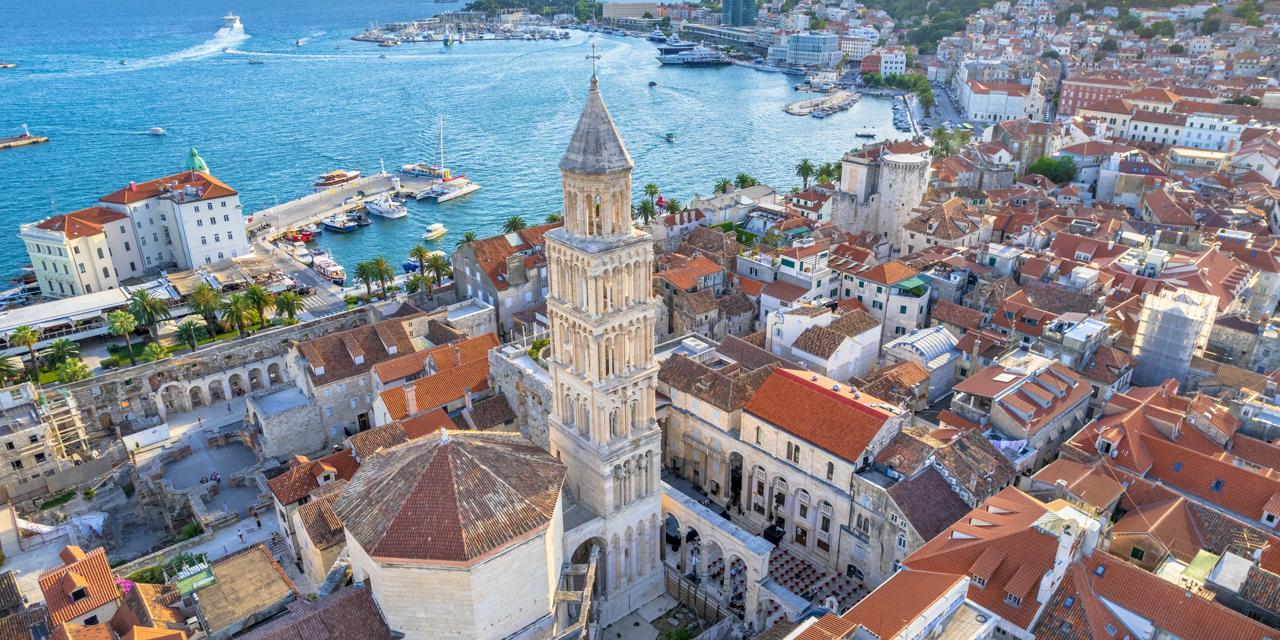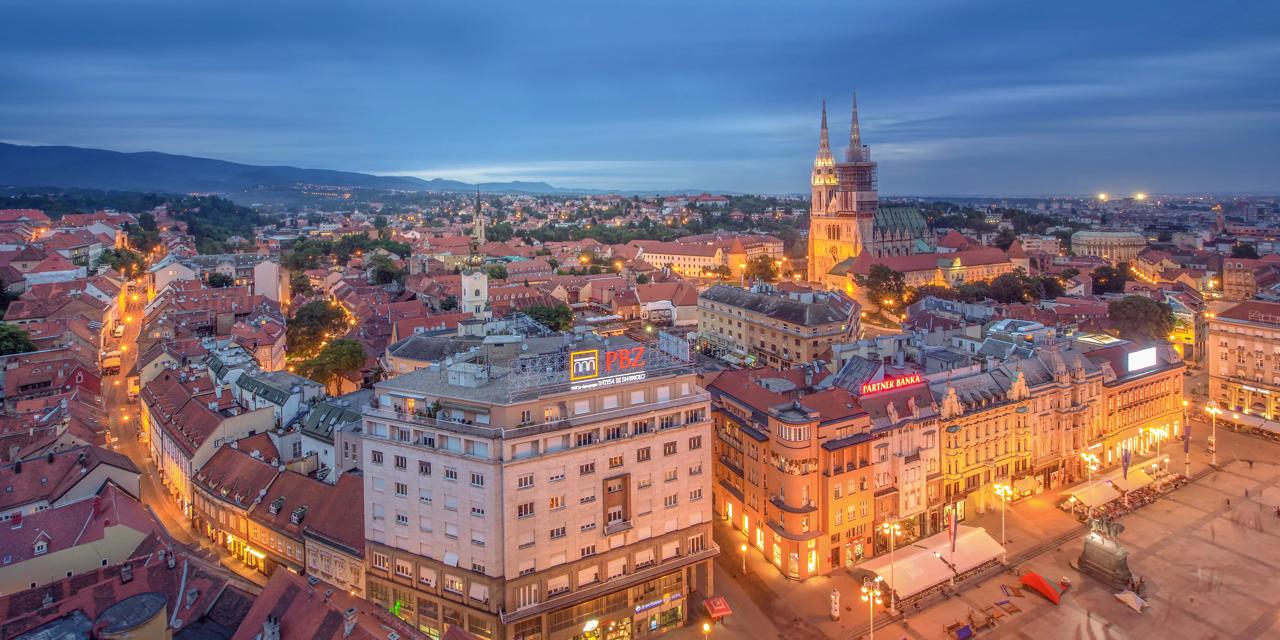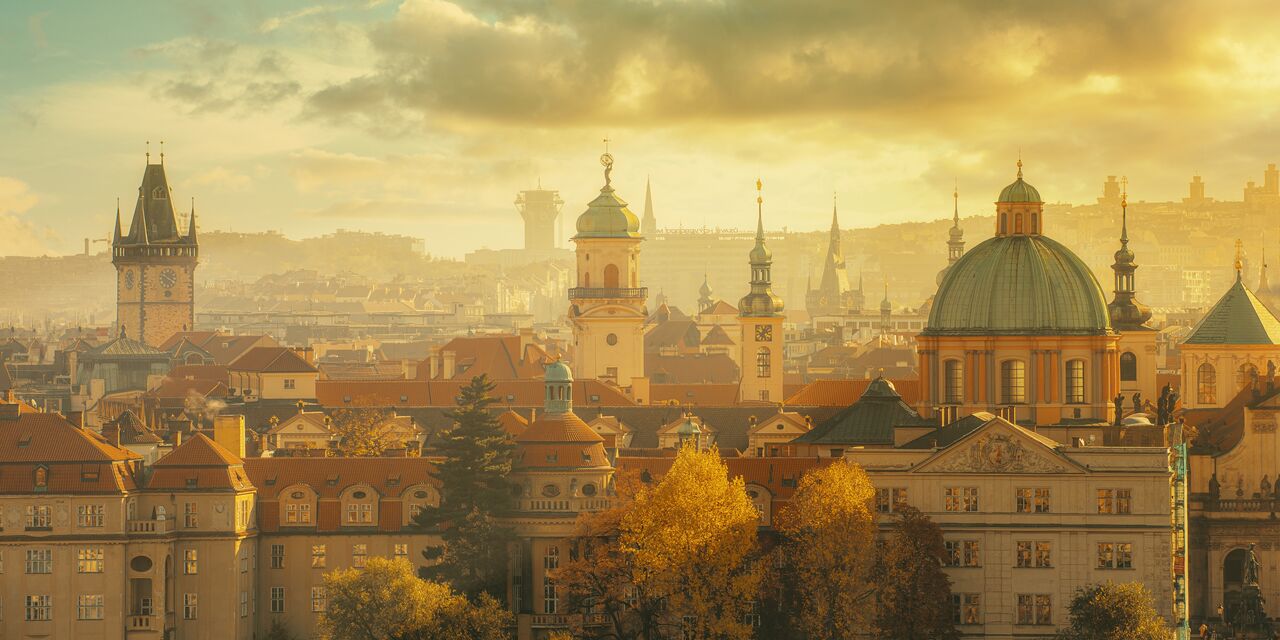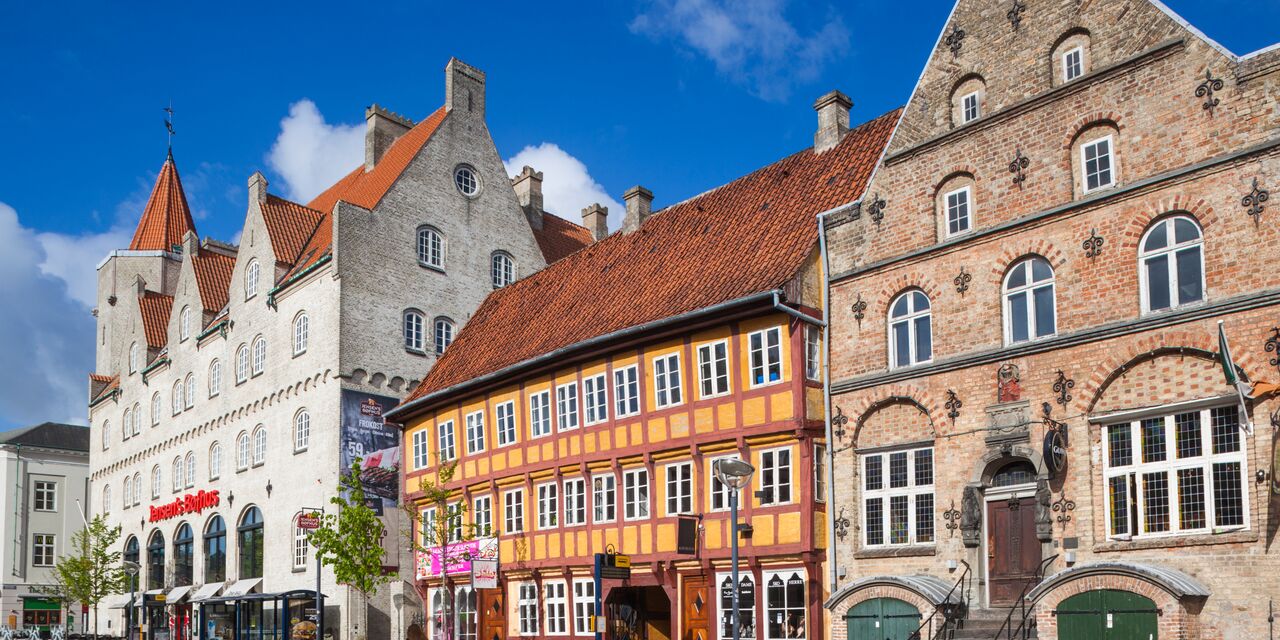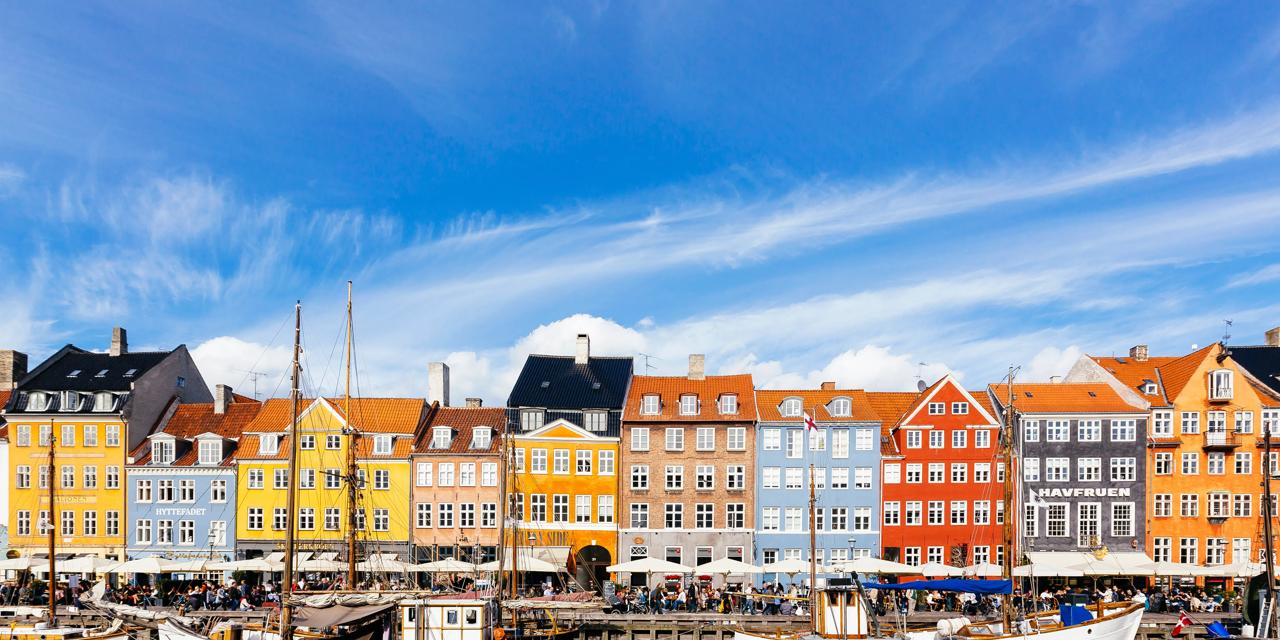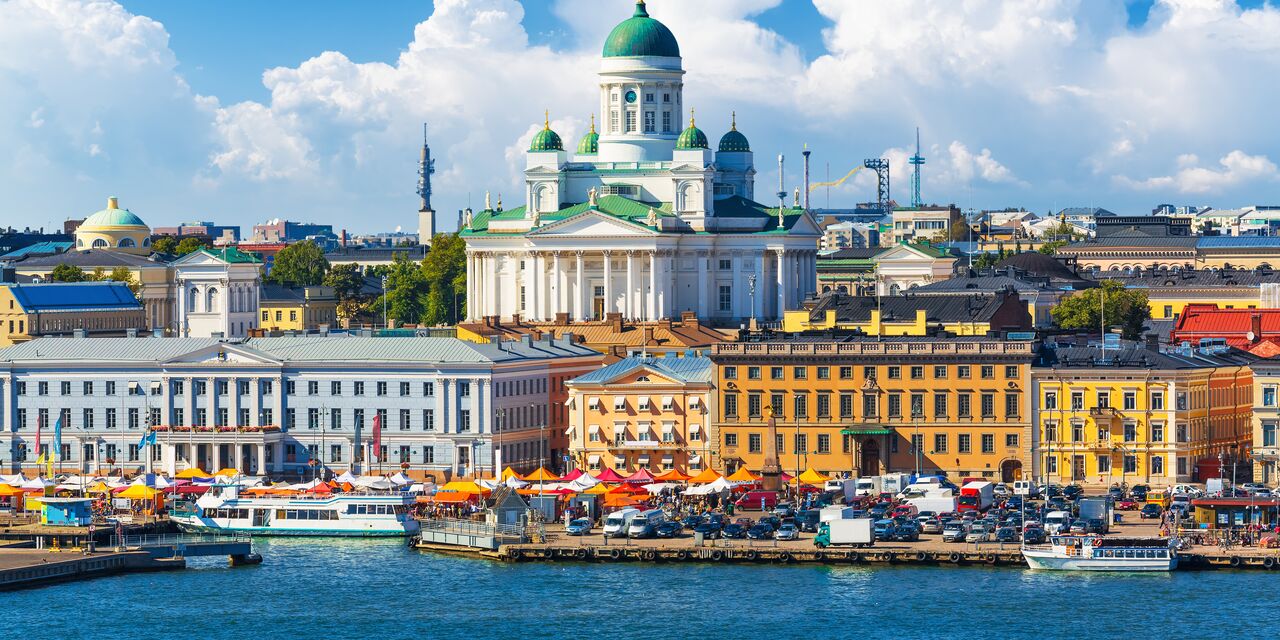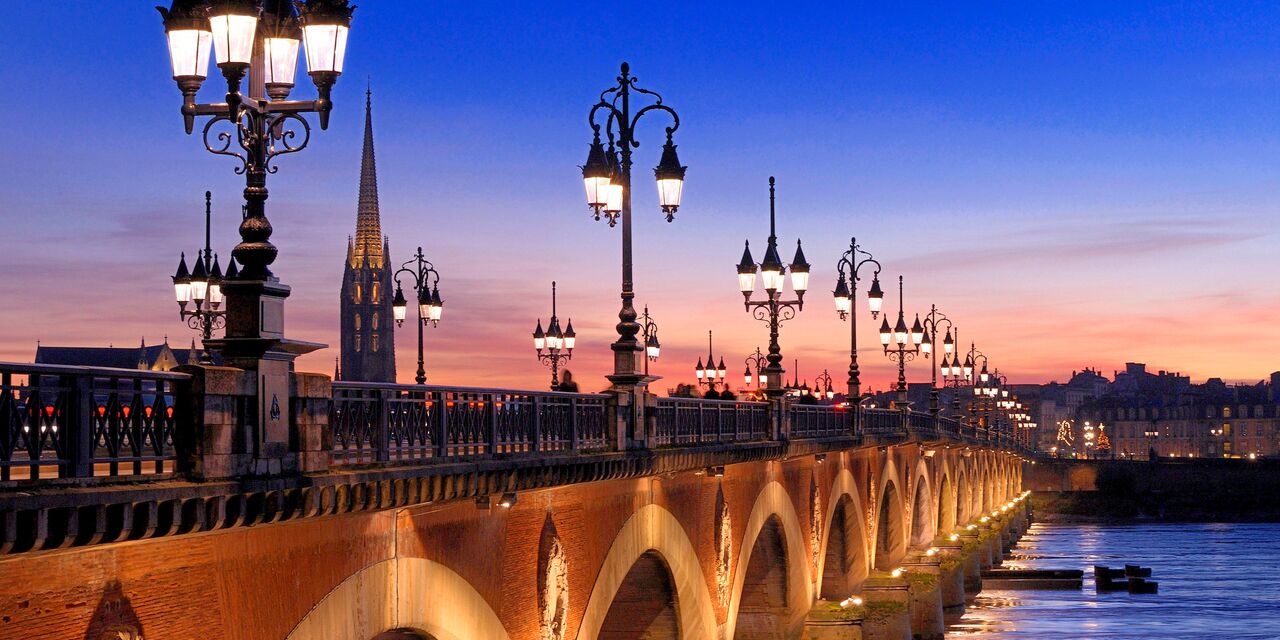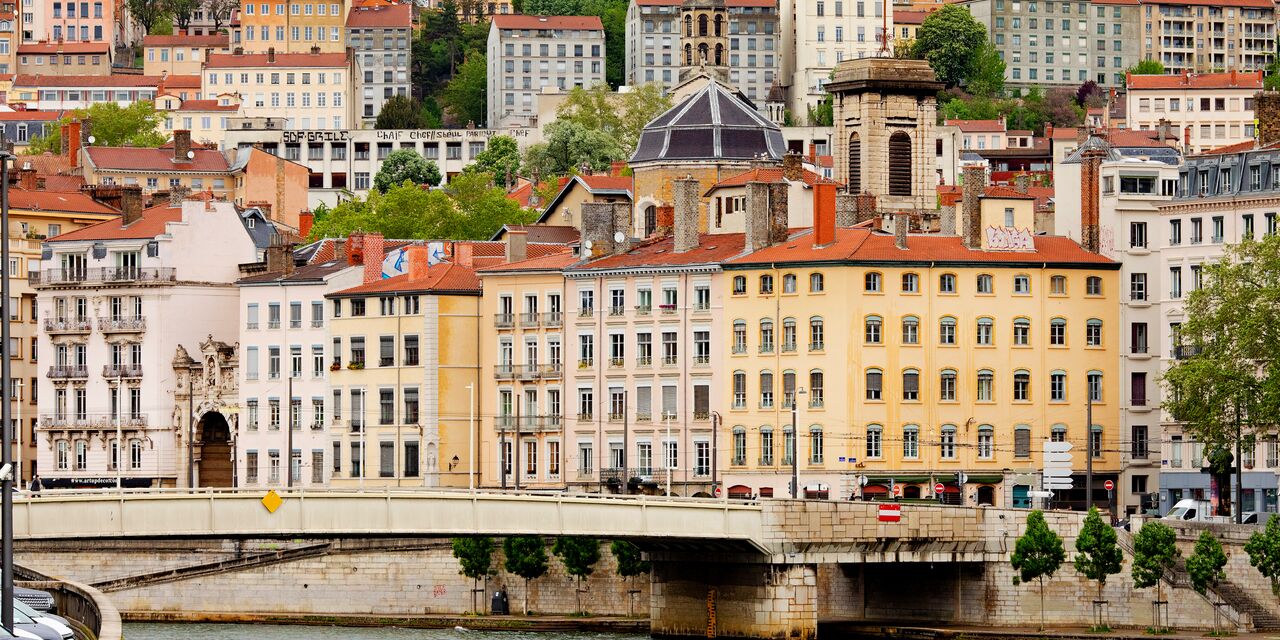Île Feydeau, an island on dry land
In recent years, Nantes has been gaining quite a reputation for its modern art and design. But don’t overlook the historic centre of this port city: it still has a hypnotic pull on visitors. Visit the architectural treasures of the 18th-century neighbourhood Île Feydeau, a former island in the tributary of the Loire.
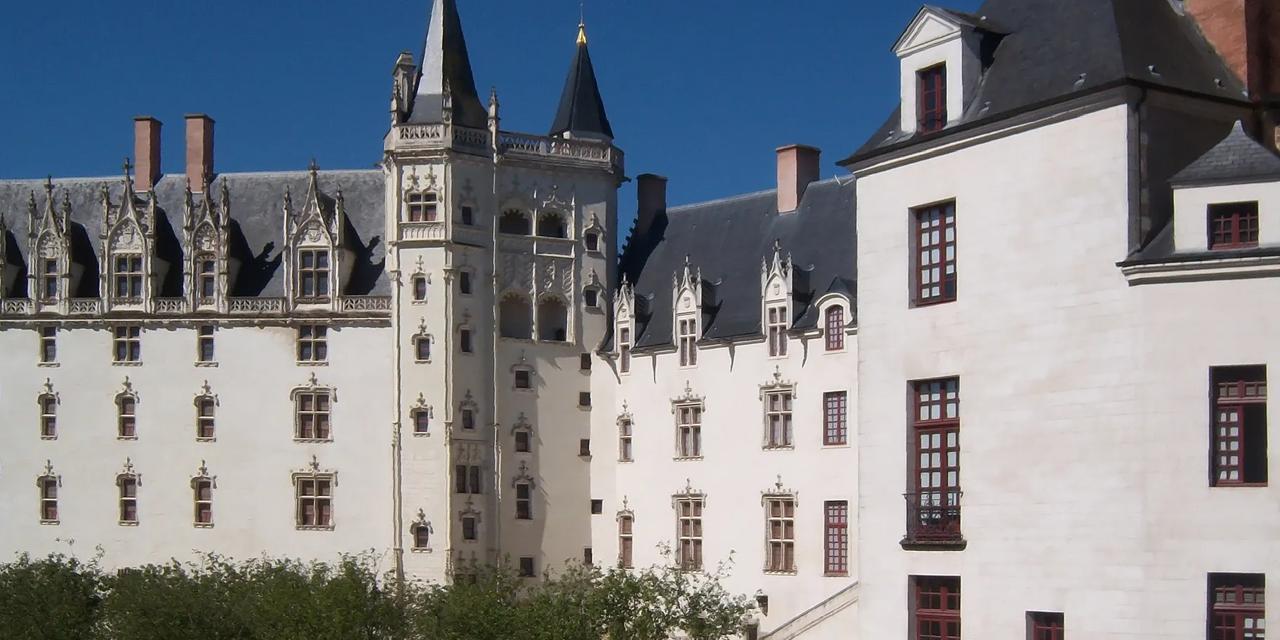
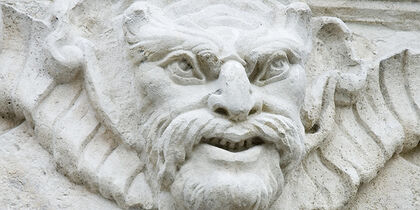
Gobbled up by the city
Some buildings in Île Feydeau seem to lean forward and that is not an optical illusion. Because of its sandy soil, the neighbourhood began to subside a hundred years after it was built. Although Feydeau is still called île, it hasn’t been an island for a long time. In the 1930s the tributary of the Loire was filled in and the former suburb was incorporated into the city. The island feel has been somewhat preserved by the greenbelts that were planted in the former river bed. This can be clearly seen at Quai Turenne, where the houses look out over fake quays and a sunken lawn. After dark it almost feels as if the water is still flowing. In summer the lawn becomes a green beach where students read in the sun. Parallel to the quay is the Rue Kervégan, a lovely cobblestone street. This was the birthplace of one of Nantes’ most famous residents: Jules Verne.
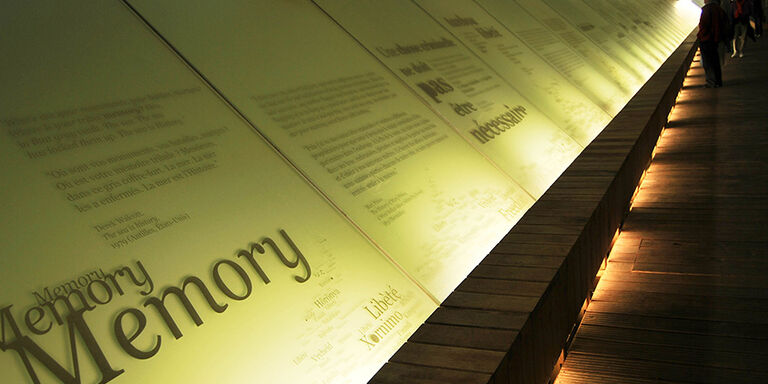
Fortunes made by trading slaves
The rich architecture of Île Feydeau is truly impressive, but the history of this wealth is less pretty. The families who built these mansions made their fortune in the slave trade. In the 18th century at least 450,000 slaves passed through the port of Nantes on their way to the United States. The monument at Quai de la Fosse, further down along the Loire, is a memorial to this horrific history. Visitors to the concrete structure designed by architects Wodiczko + Bonder appear to descend into a ship. The rays of light that filter through the small openings in the wall remind us of the poor living conditions aboard the slave ships. A poignant experience.
Discover other destinations in Europe
*The displayed prices are for one adult. All amounts are in GBP including taxes and surcharges, except where taxes are collected locally at the airport. A booking fee is not applicable, but a payment surcharge may apply. Prices and availability may change without notice, see KLM price display for more information.
The weather forecast information is provided by World Weather Online. Air France-KLM is not responsible for the reliability of this data.


